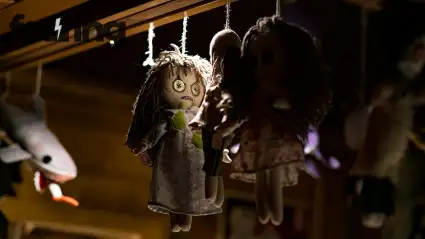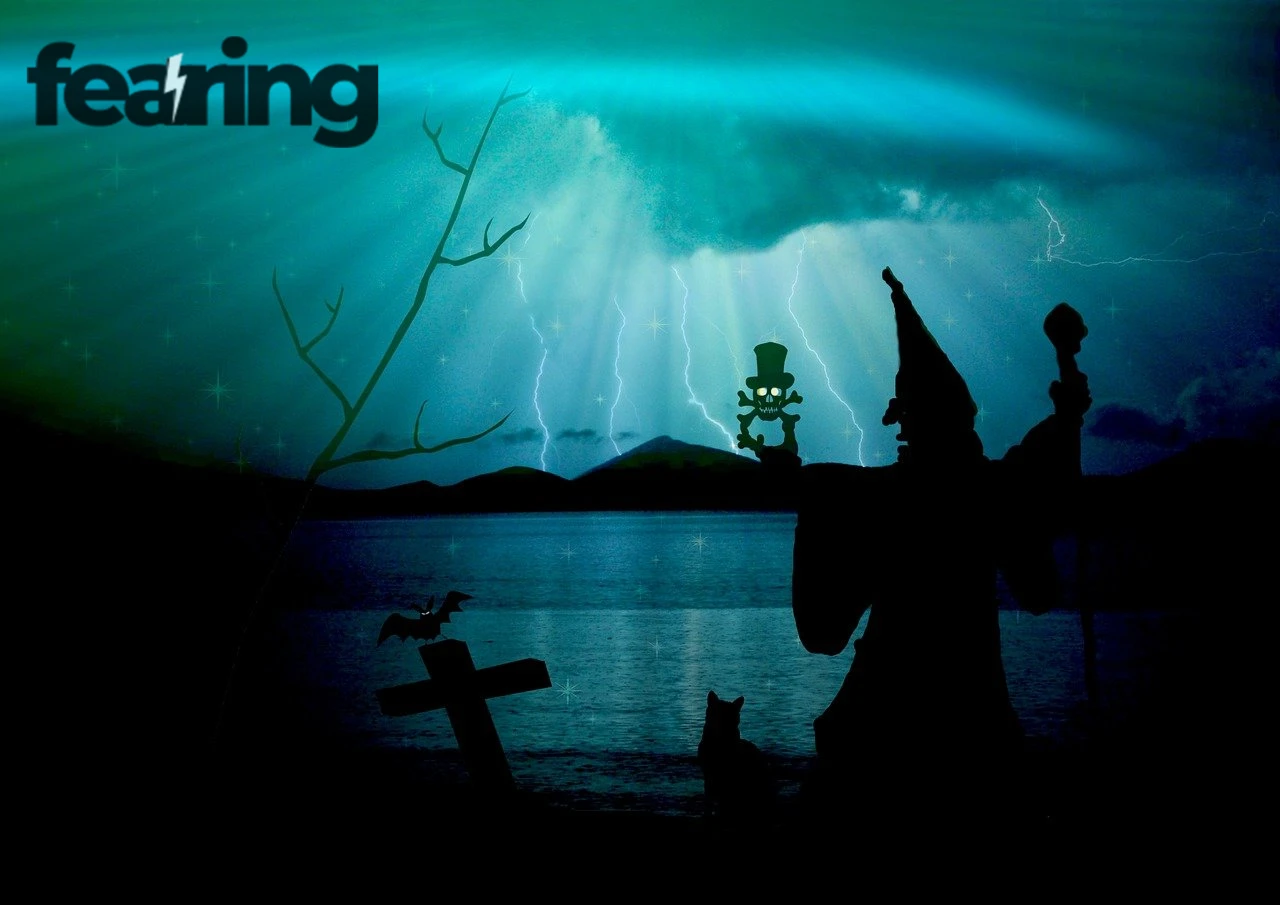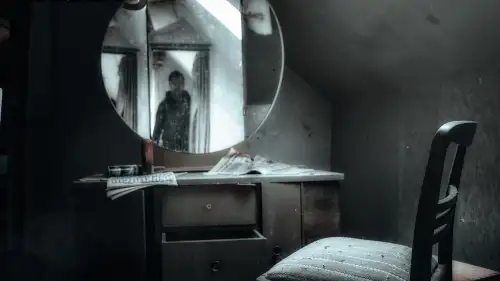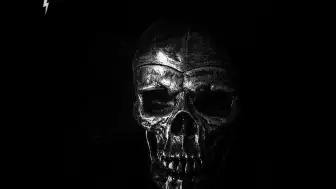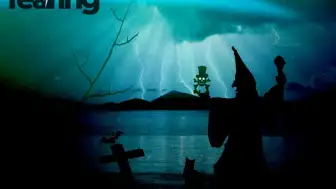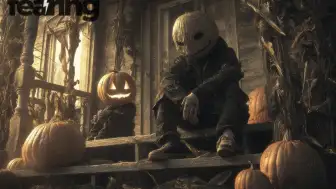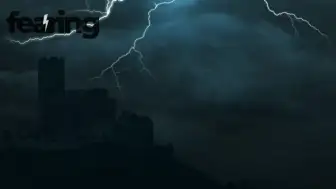Horror Literature has always been a mirror of human anxiety. From ghostly apparitions in medieval tales to the psychological dread of modern fiction, it thrives on one timeless truth — fear is both universal and deeply personal. Every generation writes its own nightmares, shaped by the world it lives in.
As novelist Stephen King once said, “We make up horrors to help us cope with the real ones.” That statement defines the heart of horror writing — a paradox where art turns terror into understanding.
The Birth of Gothic Horror
The roots of horror literature stretch back to the late 18th century. With Horace Walpole’s The Castle of Otranto (1764), the Gothic novel was born — blending romance, decay, and the supernatural. Authors like Ann Radcliffe, Matthew Lewis, and Mary Shelley followed, giving the genre its haunted castles, moral corruption, and atmosphere of doom.
Shelley’s Frankenstein (1818) marked a turning point, fusing horror with science and philosophy. Her monster wasn’t just terrifying — it was tragic. The book raised a question that still haunts fiction: what if our creations become more human than we are?
Literary historian Dr. Evelyn Chase notes, “Gothic horror was less about ghosts and more about guilt — a rebellion against reason and empire.”
Victorian Fear and the Shadow of Progress
The 19th century saw horror evolve alongside industrialization. Cities became breeding grounds for fear — anonymity, poverty, and disease replaced haunted castles. Dr. Jekyll and Mr. Hyde explored dual identity, Dracula reflected xenophobia and sexuality, and The Picture of Dorian Gray warned of vanity’s rot beneath beauty.
In every story, progress carried a shadow.
| Theme | Example | Cultural Fear |
|---|---|---|
| Science and Morality | Frankenstein | Playing God |
| Identity Crisis | Dr. Jekyll and Mr. Hyde | The divided self |
| The Foreign Other | Dracula | Invasion and desire |
| Eternal Youth | Dorian Gray | Corruption beneath perfection |
Victorian horror taught readers that monsters weren’t in castles anymore — they lived inside us.
The Birth of Psychological and Cosmic Horror
The early 20th century brought new terror: the unseen. Writers like H.P. Lovecraft, Algernon Blackwood, and Charlotte Perkins Gilman shifted fear inward. Madness, isolation, and the vast indifference of the universe became central themes.
Lovecraft’s cosmic horror asked a chilling question: What if the universe doesn’t care about us at all?
Psychological horror, meanwhile, turned the human mind into a labyrinth. In Gilman’s The Yellow Wallpaper, the protagonist’s descent into insanity feels both supernatural and painfully real.
Psychologist Dr. Helen Fisher explains, “These stories mirrored postwar trauma — they replaced demons with disorder, and fate with psychology.”
Horror in the Modern Age
In the late 20th century, horror literature broke into popular culture. Authors like Stephen King, Clive Barker, and Anne Rice reinvented terror through empathy. Their characters weren’t just victims or villains — they were reflections of our deepest fears: addiction, guilt, grief, and loneliness.
King’s small-town nightmares in It or Pet Sematary made horror feel local again. Barker’s Hellraiser gave pain a philosophy. Rice’s vampires made eternal life look unbearably sad.
Literary critic Marina Lopez described this shift as “the democratization of dread — horror moved from castles to suburbs, from destiny to psychology.”
The Role of Fear in Storytelling
Fear, paradoxically, gives readers safety. Horror fiction creates a controlled environment where we can face danger without consequence.
Neuroscientific research published in Cultural Analytics Journal (2025) found that reading horror activates the same brain regions as real-life threat responses — yet releases dopamine and oxytocin once tension resolves. This explains why horror can feel both terrifying and cathartic.
As author Shirley Jackson once wrote, “Fear is the oldest ceremony.”
Subgenres of Horror Literature
| Subgenre | Key Elements | Example Authors |
|---|---|---|
| Gothic Horror | Ruins, secrets, repression | Mary Shelley, Ann Radcliffe |
| Psychological Horror | Mind, trauma, perception | Shirley Jackson, Edgar Allan Poe |
| Cosmic Horror | Existential dread, insignificance | H.P. Lovecraft |
| Body Horror | Physical transformation, decay | Clive Barker, Junji Ito |
| Folk Horror | Rituals, isolation, nature | Thomas Tryon, Adam Nevill |
| Postmodern Horror | Meta-narratives, media fear | Paul Tremblay, Mark Z. Danielewski |
Each subgenre mirrors a cultural moment — the shift from religious fear to scientific dread, from monsters to the monstrousness of truth.
The Power of the Unseen
Modern readers crave subtle horror — what remains unsaid terrifies more than what is shown. In works like Mark Z. Danielewski’s House of Leaves, the terror lies not in monsters, but in the structure of storytelling itself.
Horror scholar Dr. Ibrahim Kaya observes, “Contemporary horror dismantles reality. It’s not about what happens in the dark — it’s about whether the dark exists at all.”
The Digital Revival of Horror Literature
With online storytelling, horror has found new life. Platforms like Reddit’s r/nosleep, web serials, and interactive fiction have made fear participatory. Readers aren’t just observers — they’re part of the story.
AI-generated tales, VR adaptations, and interactive ghost novels are blurring the line between literature and experience. Fear now adapts in real time, learning what unsettles each reader.
Technology critic Dr. Sarah Bartlett warns, “We’re entering an era where horror personalizes itself. The story will know what you fear before you do.”
Why Horror Will Never Die
Horror endures because it evolves with us. Every era reinvents the monsters it deserves — and needs. Whether confronting plague, war, or isolation, humans turn to fear not to escape reality, but to understand it.
In the end, horror literature doesn’t celebrate fear. It transforms it — into language, empathy, and meaning.
As Clive Barker once said, “Horror shows us that we’re already dead in all the ways that matter — until we learn to live again.”
FAQ
Q1: What was the first horror novel ever written?
A1: The Castle of Otranto (1764) by Horace Walpole is considered the first Gothic horror novel.
Q2: Why do people enjoy reading horror?
A2: It provides emotional catharsis — confronting danger in a safe, imaginative space.
Q3: What makes modern horror different?
A3: It emphasizes psychology, realism, and cultural relevance over monsters or ghosts.
Q4: Who are the most influential horror writers today?
A4: Stephen King, Paul Tremblay, Mariana Enríquez, and Silvia Moreno-Garcia are leading voices.
Q5: Is horror literature becoming more popular again?
A5: Yes — digital media and streaming have reignited interest in horror storytelling across generations.
Sources
Cultural Analytics Journal 2025
New Scientist – The Neuroscience of Fear
The British Library – Gothic Literature Collection


